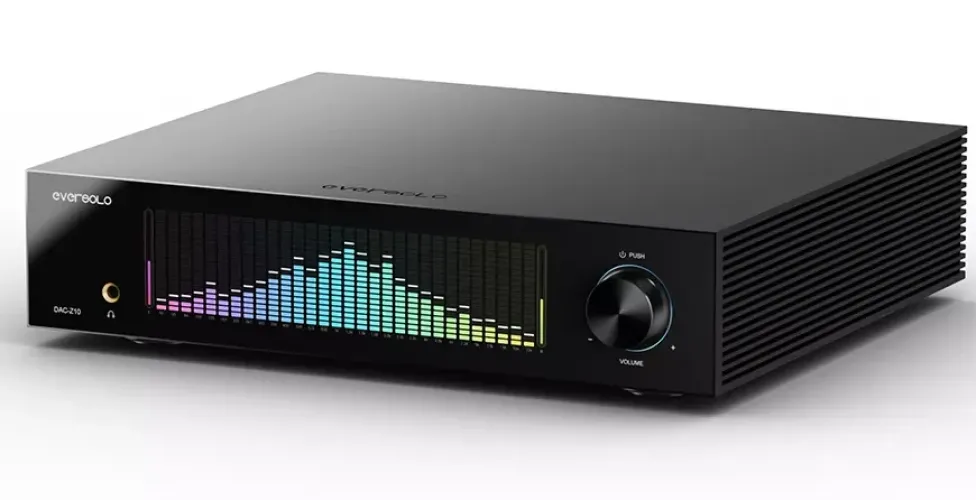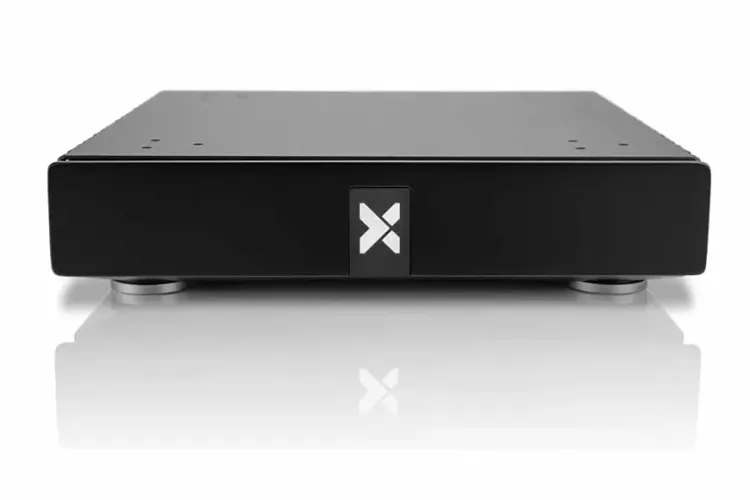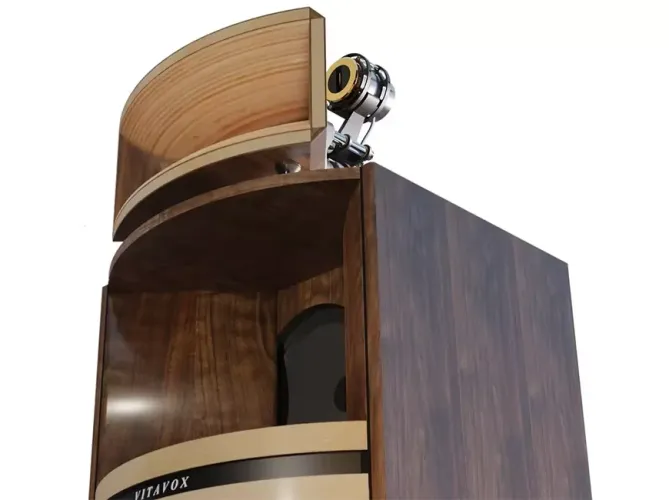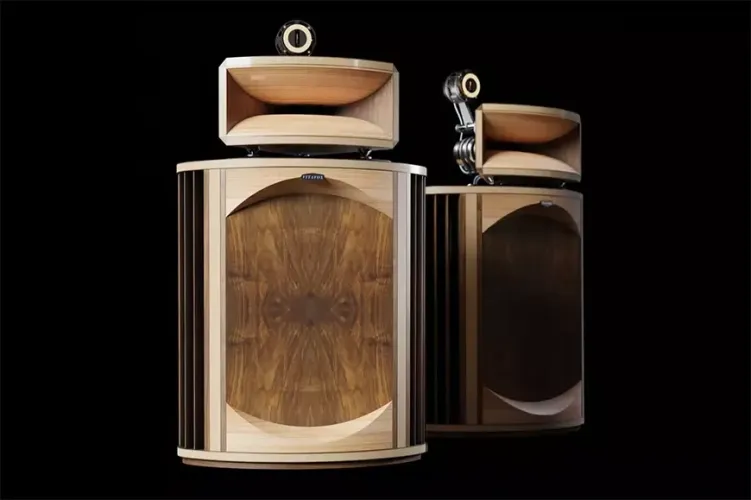
Rotel DX-3 Introduced – Rotel’s First Headphone Amplifier
11.03.2025 07:25 | ~2 minutes read
For the first time in its 60-year history, Rotel has released a headphone amplifier – the model is called Rotel DX-3 and will be available at the end of March 2025 for $1,499 / €1,499. The amplifier can operate with a wired connection of headphones, both in analog and digital versions (there is an unbalanced 6.35 mm jack on board, as well as a Pentaconn 4.4 mm for a balanced connection).

Rotel DX-3 is recommended for use with headphones with an impedance of 16 Ω - 300 Ω. The performance characteristics of the new product are quite impressive – the output impedance with a balanced connection is no higher than 0.6 Ω, the channel separation is 86 dB, the output sensitivity is 1.2 V, and the distortion via XLR does not exceed 0.004%.

The Rotel DX-3 amplifier can also be used with wireless headphones thanks to the presence of a Bluetooth module with support for the AAC / aptX HD codecs. The digital stream is processed by an eight-channel ESS Sabre ES9028PRO DAC chip from ESS Technology, which allows decoding PCM up to 32 bit / 384 kHz and DSD up to DSD256. Maximum resolution can be achieved via the USB-B input. The coaxial and optical inputs support resolutions up to 24 bit / 192 kHz. Volume control is possible in 0.5 dB increments using the fully differential analog NJW1195A regulator.

The Rotel DX-3 can be connected to a power amplifier or to active speakers, for which analog outputs are provided - unbalanced on RCA connectors and balanced on XLR. The Rotel DX-3 headphone amplifier is equipped with a power supply with a toroidal transformer of Rotel's own design and manufacture. Analog and digital circuits use separate power lines.
Specifications
This product is in the Hi-Fi and High End Electronics and Acoustics database
Headphones amplifiers — Rotel DX-3
Model name
DX-3
Maximum Power, 32 Ohms (mW RMS per channel)
383
Maximum Power, 50 Ohms (mW RMS per channel)
N/A
Maximum Power, 300 Ohms (mW RMS per channel)
41
Maximum Power, 600 Ohms (mW RMS per channel)
N/A
Frequency response low +/- 3dB (Hz)
20
Frequency response high +/- 3dB (Hz)
20000
Gain (dBu)
0 dB @ G=H / -6 dB @ G=M / -12 dB @ G=L
THD (% at 1V RMS, 300 ohms)
0.008 - 0.004
Signal to Noise Ratio (dB)
100 - 110
IMD (%, CCIR, 300 Ohms)
0.01 - 0.006
Crosstalk (dB, 20Hz-20KHz, 300 Ohms)
N/A
Output Impedance (Ohms)
100 - 200
Dimensions (mm)
215 x 76 x 247
Weight (kg)
N/A
Official link







